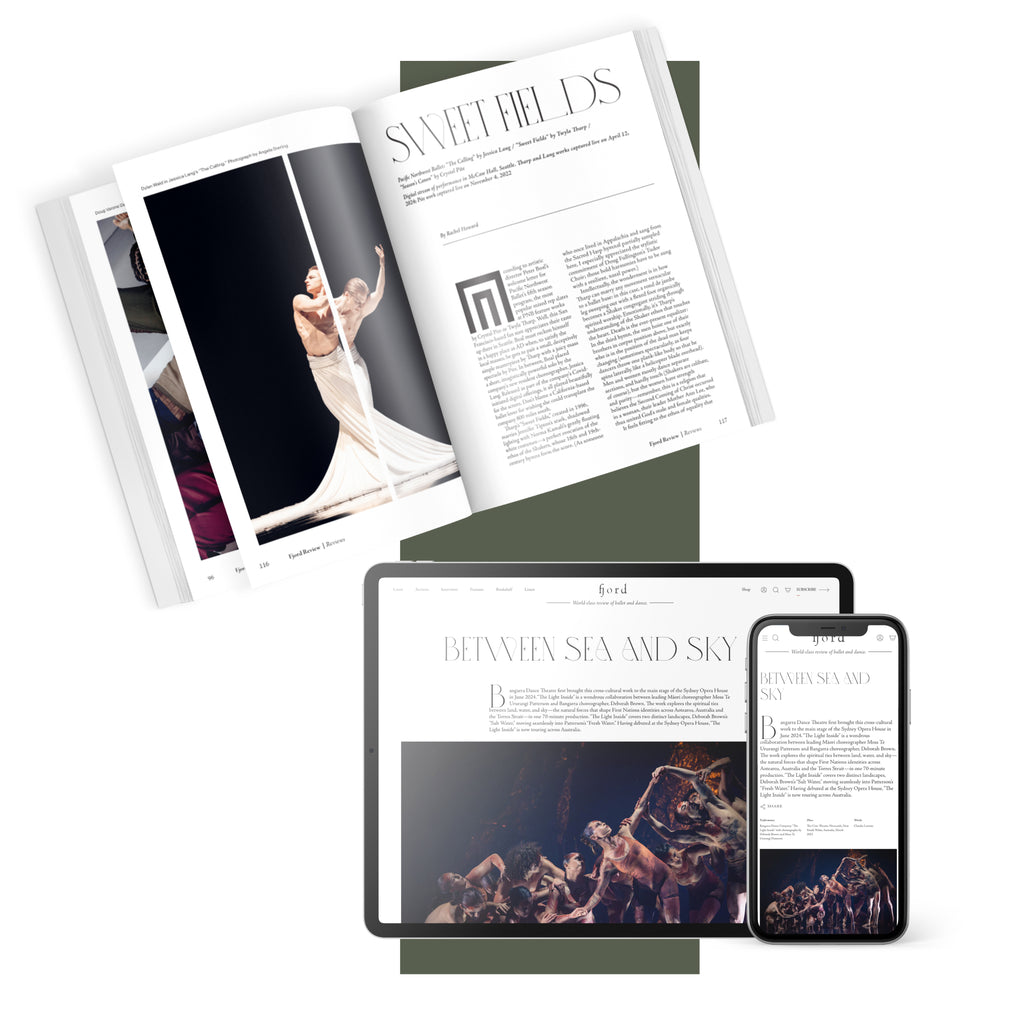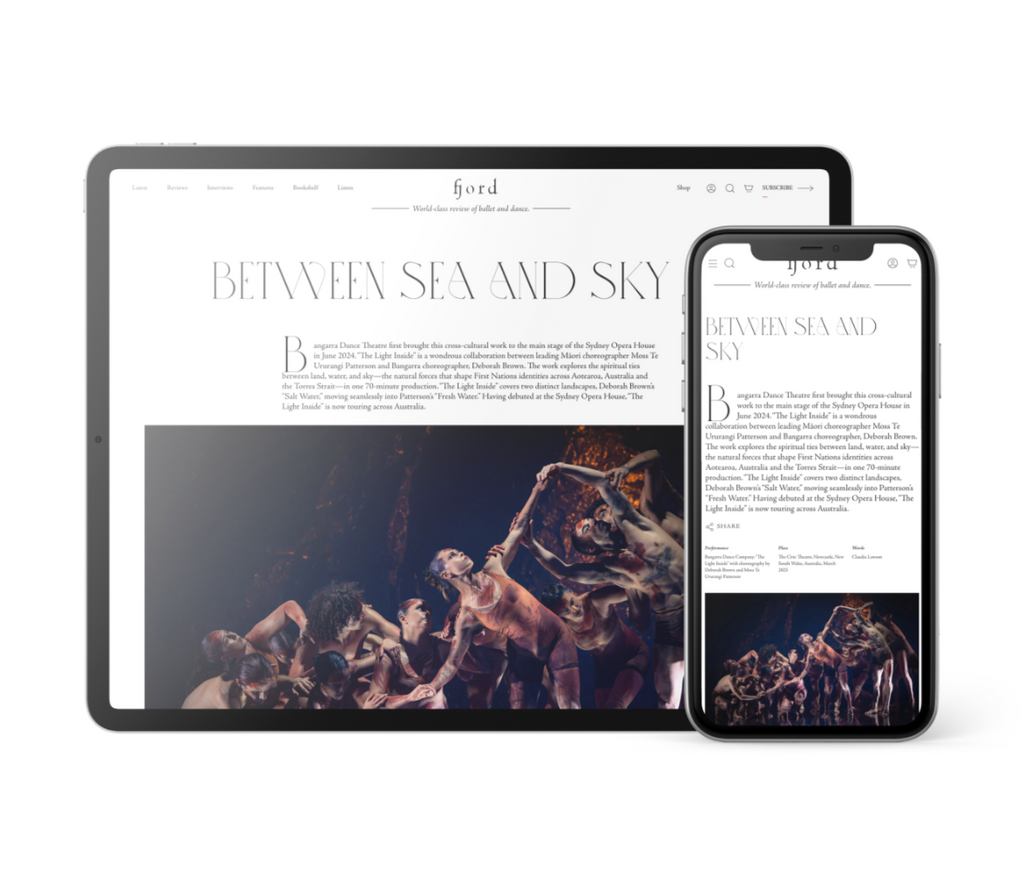Hair's the Thing
Around this time of year, we can all use a little cheer. The early darkness, the cold, the state of the world alone can send one into a spiral.
Continue Reading
World-class review of ballet and dance.
The porous borders of Rafael Bonachela’s “I Am-Ness,” Marina Mascarell’s “The Shell, A Ghost, The Host & The Lyrebird,” and Antony Hamilton’s “Forever & Ever,” when viewed as a collective, make a visionary trance, as Sydney Dance Company’s triple bill “Ascent” inhabits the stage at the Playhouse, Arts Centre Melbourne. Commissioned by and having premiered at the Canberra Theatre Centre at the beginning of the year, followed by Sydney Opera House, and a national tour, the invitation to weave together three strands and construct a whole, should you choose, is now extended to Melbourne audiences.
Performance
Place
Words



“Uncommonly intelligent, substantial coverage.”
Your weekly source for world-class dance reviews, interviews, articles, and more.
Already a paid subscriber? Login

Around this time of year, we can all use a little cheer. The early darkness, the cold, the state of the world alone can send one into a spiral.
Continue ReadingWill Tuckett’s new production of the “The Nutcracker” for the National Ballet of Japan serves up a holiday feast for the senses. Sweetly invigorating, it’s also a warm toddy for the soul. From start to finish, Tuckett’s “The Nutcracker” is truly a dream.
Continue ReadingBetween New York City Ballet’s “George Balanchine’s The Nutcracker®” and “The Magic Flute” at the Metropolitan Opera, it’s hard to compete with the Upper West Side’s holiday kid offerings.
Continue ReadingThe Sun King not only invented ballet in its modern form but in 1713 also founded the oldest ballet academy in the world.
Continue Reading
comments